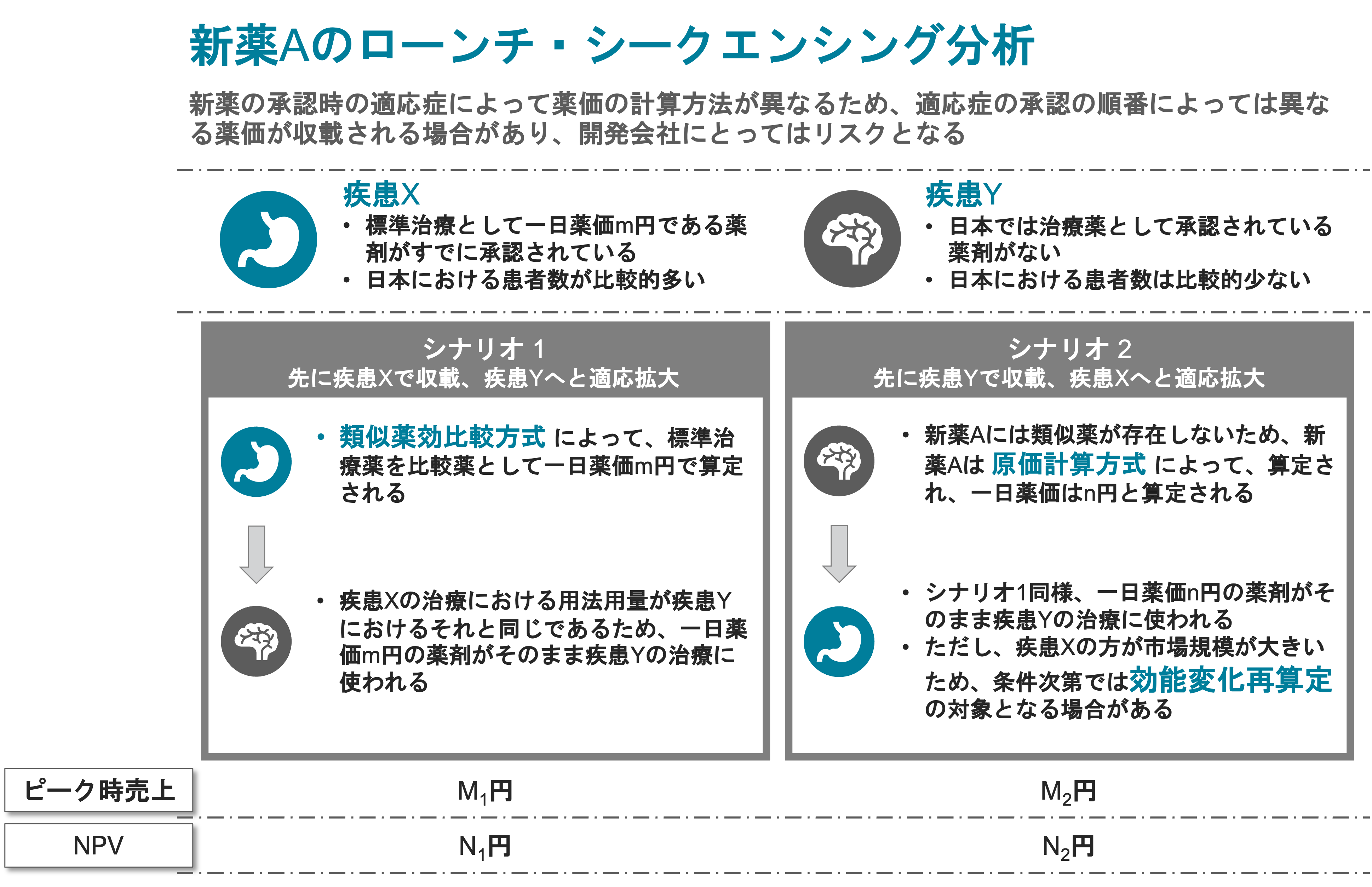To the last drop
Allowing 7 shots per vial of Pfizer’s covid vaccine may wreak havoc to the already problematic Japanese immunization program
 Mottainai is one of the virtues of Japanese culture which means avoiding waste and making use of all that is available, especially in a country without significant natural resources. Yesterday, this sense of savings was taken to a whole new level when NHK reported[1] that Uji-Tokushukai Medical Center, a community hospital in Kyoto, was pulling out 7 shots from one vial of Comirnaty, an injectable covid-19 vaccine manufactured by Pfizer. On the same day referring to this practice, Health Minister Norihisa Tamura said that “these efforts at the medical front could not be denied, given that the product can reach to the muscle tissue,” allegedly. The product was originally designed and approved by the Japanese authorities as a vial formulation which 5 doses of the jab could be extracted from, but as a follow up, the multinational company had submitted additional data to support the collection of 6 doses amount from the same formulation by injection syringes with a special design which has less dead space[2]. However at the moment, extracting 7 of them from one vial has no scientific ground.
Mottainai is one of the virtues of Japanese culture which means avoiding waste and making use of all that is available, especially in a country without significant natural resources. Yesterday, this sense of savings was taken to a whole new level when NHK reported[1] that Uji-Tokushukai Medical Center, a community hospital in Kyoto, was pulling out 7 shots from one vial of Comirnaty, an injectable covid-19 vaccine manufactured by Pfizer. On the same day referring to this practice, Health Minister Norihisa Tamura said that “these efforts at the medical front could not be denied, given that the product can reach to the muscle tissue,” allegedly. The product was originally designed and approved by the Japanese authorities as a vial formulation which 5 doses of the jab could be extracted from, but as a follow up, the multinational company had submitted additional data to support the collection of 6 doses amount from the same formulation by injection syringes with a special design which has less dead space[2]. However at the moment, extracting 7 of them from one vial has no scientific ground.
The shipped vial contains 0.45 mL of the active pharmaceutical ingredient and will be diluted with 1.8 mL of saline upon use, which adds up to 2.25 mL of ready to inject solution. For each injection, 0.3 mL amount of the solution will be administered. So technically, the vial has enough API for 7 jabs. However, usually there will be some loss during the operation, including some liquid remaining in the syringe. In order to minimize this loss, Uji-Tokushukai is using a syringe which is usually used for insulin injection for diabetes patients.
This practice may lead to some unintended consequences in the covid vaccination program in Japan. First of all, there is no scientific evidence that Comirnaty’s efficacy and safety will still stand when the product is administered by this different procedure, using a shorter and thinner needle compared to what was used in the registrational studies. It is also probably almost impossible to prospectively understand whether this difference may have an impact on the clinical outcome. Moreover, the Japanese government is planning to jab this for more than 200 million times covering its entire population, and requiring this operation with this level of precision in this scale will be a significant challenge.
However, what is more concerning is that when the medical practitioners get pressured to pull out excess doses from a single vial, they could be motivated to try to increase the volume of preparation by diluting the drug with just a little bit more saline, to make sure that they do not run out of the solution for the seventh person (or even the sixth). In this case, all the recipients in the same group may be receiving the same less amount of the API, compared to the amount which was proven to be efficacious in the clinical trials. Since Comirnaty embodies a completely new modality, the mRNA vaccine, the science to understand the relationship between the volume and the clinical profile is not there yet. Subjects may receive a flawed version of the vaccine which may only provide imperfect protection against covid without knowing so.
As we suggested in our last article, the Japanese aversion against vaccines are quite prominent, and the concern is that this kind of immature decision – the decision not to make a decision – could turn out to have dire ramifications, further fostering the feeling rejection towards any sort of immunization program once the vaccine fails to meet the public expectations. Japan did a great job in containing the infection itself, but its policy making does not seem to be helping this, at the moment, at all.
[1] https://www3.nhk.or.jp/news/html/20210309/k10012905751000.html
[2] https://www.pmda.go.jp/drugs/2021/P20210212001/672212000_30300AMX00231_A100_3.pdf

